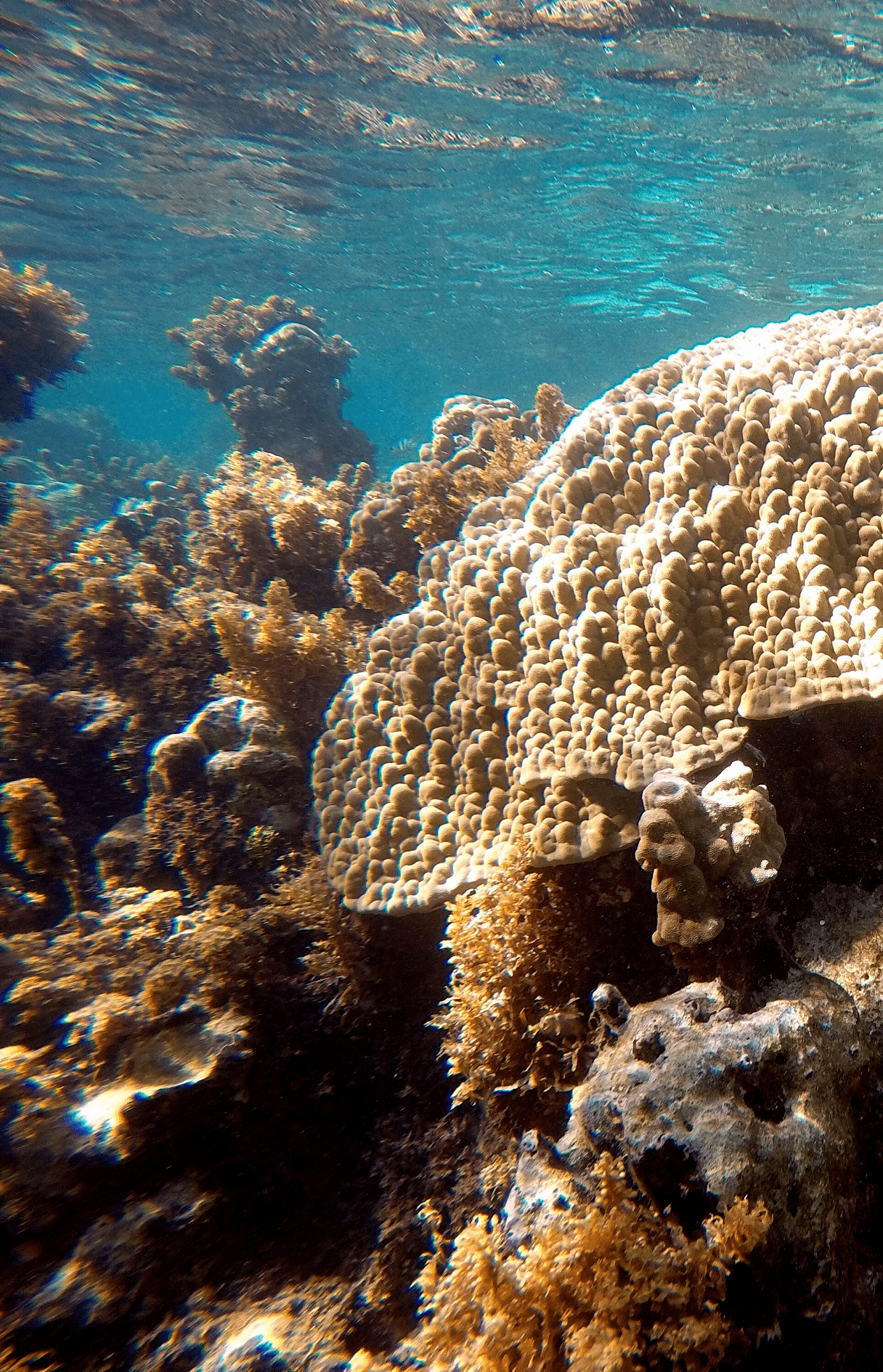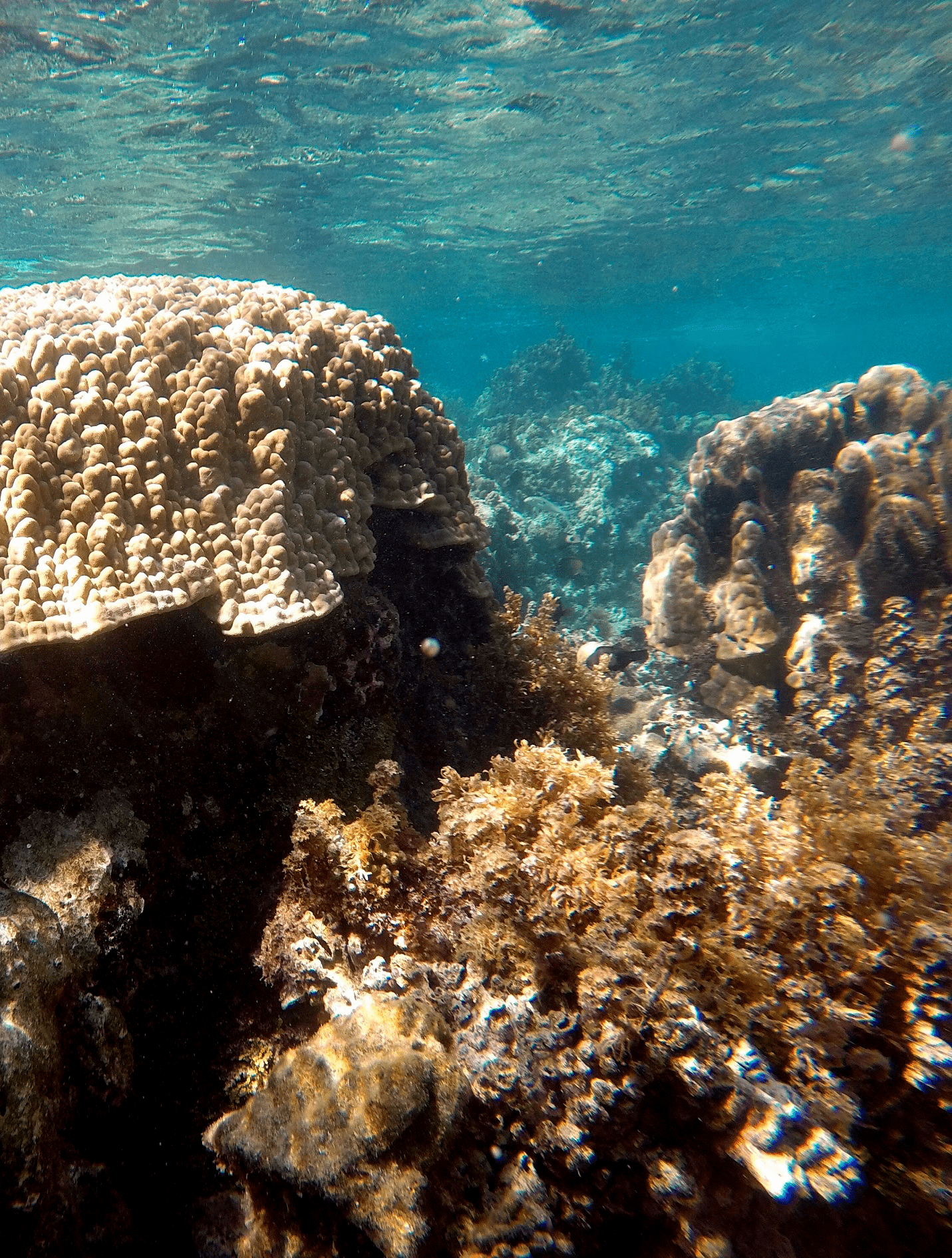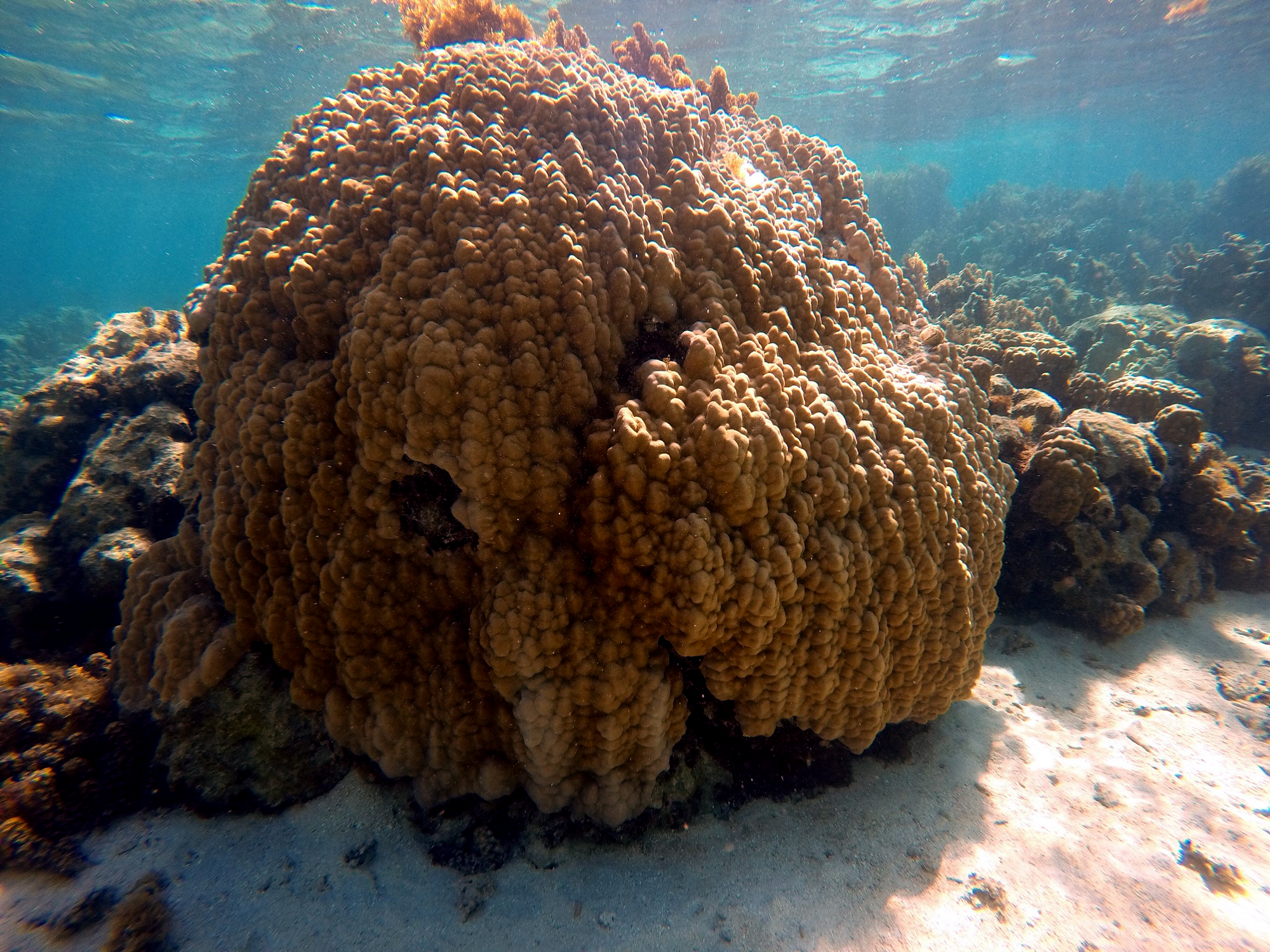Pocillopora is a genus of stony corals in the family Pocilloporidae occurring in the Pacific and Indian Oceans. They are commonly called cauliflower corals and brush corals.
Pocillopora are branching corals that also grow quickly and provide extensive three-dimensional habitat for fish and other marine life on coral reefs.
Pocillopora corals are some of the earliest species to colonize new and recovering reef areas. They are also an environmentally sensitive species but may be less sensitive than Acropora.
They are both broadcast spawners and brooders and can transmit symbionts to their offspring. In contrast to broadcast spawning, fertilization occurs internally in brooding corals and released larvae are more developed and therefore may settle sooner than larvae from broadcast spawning.
The polyps are hermaphrodite, possessing four sets of male and four sets of female gonads. Pocillopora can reproduce asexually via fragmentation. They also reproduce sexually and the larvae develop inside the polyps rather than free-floating in the water.
When they are mature, the larvae are released and can remain free-swimming for several weeks before settling on the substrate.
Exploring Pocillopora
Coming Soon
Pocillopora corals are very common on the reefs of Mo’orea. They have high species diversity and may have different colors, yet very similar shapes and branching patterns, or morphology.







